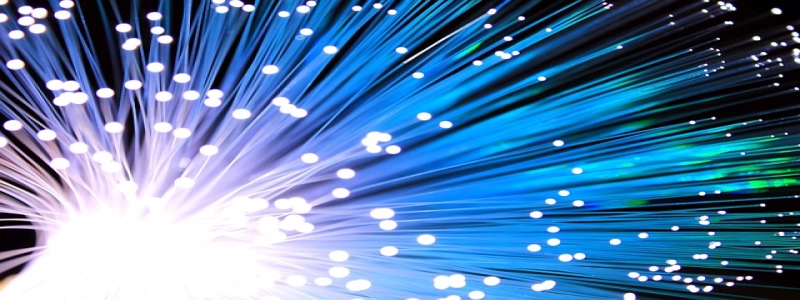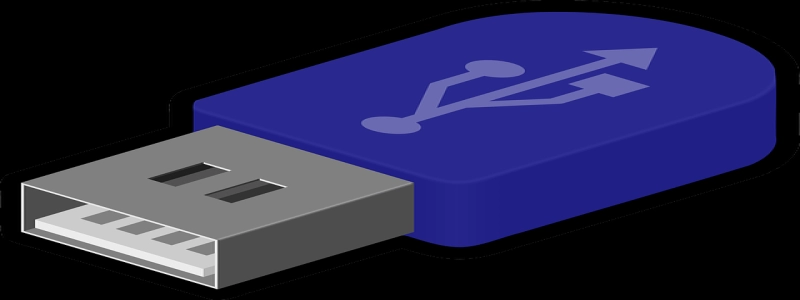Ethernet Jacks
Wstęp:
In today’s increasingly connected world, Ethernet jacks play a crucial role in providing wired network connectivity. Whether it’s in homes, offices, or public spaces, Ethernet jacks enable devices to establish reliable and fast internet connections. This article will delve into the various types of Ethernet jacks available, their installation process, and the benefits they offer.
I. Types of Ethernet Jacks:
1. RJ45 Jacks: This is the most common type of Ethernet jack found today. It utilizes an RJ45 connector, which is a modular plug that allows for easy connection and disconnection of network cables. RJ45 jacks are utilized in both residential and commercial settings due to their compatibility with most Ethernet devices.
2. Keystone Jacks: Keystone jacks offer a versatile solution for Ethernet connectivity. They can be easily snapped into a variety of faceplates or patch panels, allowing for customization and flexibility in network installations. Keystone jacks are also available in various configurations, such as RJ45, RJ11, and fiber optic.
II. Installation Process:
1. Planning: Before installing Ethernet jacks, careful planning is required. Consider the locations where network connectivity is needed, the distance between jacks, and the wiring requirements. This step ensures a well-organized and efficient network layout.
2. Cable Preparation: To install Ethernet jacks, the first step is to prepare the cable. This involves stripping the outer jacket, untwisting the pairs of wires, and carefully aligning them in the correct order according to the relevant wiring standard (e.g., T568A or T568B).
3. Termination: The next step is terminating the cable into the jack. This process involves carefully inserting the individual wires into the appropriate slots on the jack, ensuring proper contact and alignment. A punch-down tool or a termination tool may be used to secure the wires in place.
4. Testing: After installation, it is crucial to test the Ethernet jacks to ensure proper connectivity. This step involves using a cable tester to check for any wiring faults, such as shorts or misalignment. Conducting thorough testing helps identify and rectify any issues, ensuring a reliable network connection.
III. Benefits of Ethernet Jacks:
1. Reliability: Ethernet jacks provide a stable and reliable network connection compared to wireless alternatives. This is particularly important for devices that require consistent and uninterrupted internet access, such as computers, printers, and gaming consoles.
2. Speed and Performance: Wired connections through Ethernet jacks offer faster data transfer speeds and lower latency compared to wireless connections. This makes them ideal for bandwidth-intensive applications, such as video streaming, gry internetowe, and large file transfers.
3. Security: Ethernet jacks offer enhanced security compared to wireless networks. With a wired connection, the risk of unauthorized access or interference is significantly reduced. This is particularly crucial for sensitive information or confidential data transmitted over the network.
Wniosek:
Ethernet jacks play a critical role in providing reliable, fast, and secure network connectivity. Understanding the various types of jacks available, the installation process, and the benefits they offer is essential for setting up a robust and efficient wired network. Whether in homes, offices, or public spaces, Ethernet jacks continue to be a vital component in our increasingly connected world.








